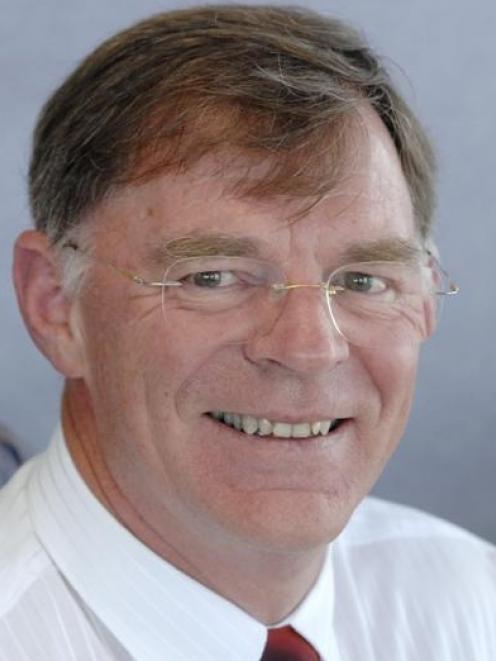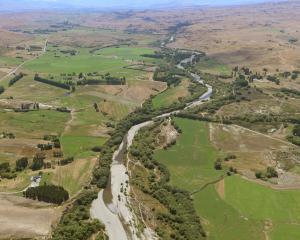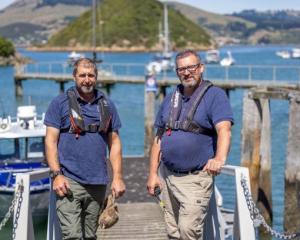
A new tool was the key to the council's proposed new approach to dealing with non-point pollution by making land use, such as farming, a permitted activity subject to contaminant discharge standards.
Council chief executive Graeme Martin said a contract had been signed for stage one of the tool's research involving "proof of concept", such as how it worked and what it could do.
The two parties were sharing the costs. The regional council's contribution was $100,000, he said.
It was planned for the first stage to be done within the next 12 months.
The findings of this research should enable the council to seek additional funding for the second stage of the research to verify the science and develop how best the tool could be used, Mr Martin said.
Trials of hand-held water quality monitoring devices for on-the-spot testing had begun, after a false start due to incorrect technology being supplied, Mr Martin said. Initial trials of litmus paper-type technology had shown they were not good enough for the council's purposes, so other types were being sought.












